Confused by the endless stream of jargon in golf? Matt breaks down loads of common golf club terms in this video.
0:00 Intro
0:28 The Basics
2:45 Offset, Loft, Lie
4:32 Bounce
6:25 Club Categories
10:25 Center of Gravity
Support Plugged In Golf by shopping here: https://pga-tour-superstore.pxf.io/YRbEKe
Visit Us: http://www.PluggedInGolf.com
Subscribe to the FREE newsletter: https://pluggedingolf.com/subscribe/
Like Us: http://www.Instagram.com/PluggedInGolf
Follow Us: http://www.Twitter.com/PluggedInGolf
golf is loaded with jargon so in this new series I’m going to try to define lots and lots of terms that you may hear when you come across golf instruction or read reviews or read about golf equipment that are going to trip you up and we’re going to cover things from very very basic all the way up to pretty complex stuff so hopefully there’s something here for everybody uh we’re going to start out with terms that just apply to golf clubs and we’re going to start at the very very most basic this is this whole thing this is the golf club this piece on the top here the part that actually hits the golf ball this is the club head this in this case it would be an iron or a driver or a hybrid or a putter in any case these are all the club head now the piece that connects the club head to your hand the piece actually that’s the rest of the golf club this is all the shaft and then here is the grip we’re going to do a whole separate video on terms related to the shaft uh shaft and the grip but for right now we’re going to get back to focusing on the club head the flat part of the club head that actually hits the ball this is all called the club face the part out on the edge here we call the toe this closer to the hoszle closer to the golfer is called the heel if you think about it like a foot kind of makes sense the heel is right underneath the shaft and everything else the toe is here out on the extremity if we look closely here we can also see the face is covered in grooves grooves are something we talk about more with wedges sometimes with irons uh but they’re largely responsible for getting junk away from the club face ball interaction so we can get more spin now in an iron we would call this the top line we’d call this a top line with a putter too something like this in a driver however we call this the crown now regardless of the club type the part that sits on the ground is what we call the sole the part of the club that connects the shaft to the club head this is called the huzzle now in an iron or a wedge you see it’s got this little L shape uh that’s a traditional huzzle again an iron or a wedge however in most drivers and many woods and hybrids we have adjustable hoszles now so the shaft has this adapter on it the head has a huzzle but instead of gluing that together we just place that in a particular position there are lots of different positions depending on the brand and then we use a torque wrench and we screw them together now another term closely related to the hoszle is offset so offset if we drew a line down here from the edge of the shaft straight down to the ground that would be zero offset most clubs are pushed back slightly to help them launch a little bit higher and to help in some cases turn the ball over make it easier to square the club face up uh again most clubs have at least a little bit of offset this is a player’s iron has very little offset but here is an iron with a lot of offset so you can see the difference there now two terms you’re going to hear a lot if you talk about club fitting are loft and lie talk about club specifications you’ll hear it there as well the lie angle is the angle the shaft makes with the ground if the club is sold perfectly flat so if we assume that this club is perfectly flat on the ground this is the lie angle so in a in a mid iron that’s going to be somewhere around 60° in a putter it’s going to be a little more upright you know that would be a 90° lie angle which is pretty extreme that would be zero generally the rule is the more loft a club has the shorter the shaft the more upright it is the longer it is the less loft it has the more flat it’s going to be the more we’re going to swing it around and lie is something that can be adjusted to you so there’s not a standard or correct lie angle it’s just about fitting the right lie angle for your swing now again assuming this club is perfectly sold flat on the ground the next thing we want to talk about is the loft of the club and that is this angle here how much it points up at the sky we can use this to illustrate that make it a little easier to see but this is again a mid-iron this is going to have loft somewhere in the 30° range a driver is going to have very little loft 9 or 10° usually and our wedges are going to be our most lofted club so you can see this was a 50°ree wedge here pointing a little higher to the sky when that club is sold perfectly flat now there’s one more angle I want to discuss here and that’s bounce bounce could be its whole own video i’m not going to go super deep into the weeds if you want to know more about bounce let me know in the comments i’ll talk more about bounce but we’ll just keep it kind of basic for right now if we put this club on a perfectly flat surface this leading edge actually wouldn’t touch the ground so if we raise that perfectly flat surface up a little bit the bounce angle would be this i’m exaggerating quite a bit here this would be like 45 degrees of bounce what I’m making with my hand but just for a visual reference this would be the bounce angle you can think of it as mirroring the loft the loft points up this way the bounce goes down this way and the purpose of bounce is to keep the club from digging in the turf we talk about bounce primarily with wedges sometimes with irons uh but that’s partially because we swing our wedges most steeply and so that turf interaction really matters one thing to keep in mind don’t get too hung up on the pure bounce number because you also have to factor in the width of the sole and the sole grind you can have a club that measures high bounce wi but it has a narrow sole and it has a particular grind and it actually plays very versatile uh similarly you could have only four degrees of bounce which is very very low but if the sole is wide and there’s no grind on it it might feel a little clunky in the turf and it might resist digging really really well now before I go any further this is the part where I say if you are enjoying the video please give it a thumbs up and subscribe to the channel we’re going to do a lot more of these golf dictionary videos and you will make sure that you see every one if you are subscribed our next set of terms are words that we use to describe types of irons or types of clubs in general but we’re going to focus on irons so that starts with blades this is the most traditional iron there is out there this is the old school iron there’s really nothing here to give you any forgiveness it’s just kind of flat and solid across the back there is a little bit of shaping here it’s thicker down here than it is up here but this is a blade classic very little technology uh just you and the golf ball and a very simple instrument this would be a cavity back now this is actually a couple different categories in one but leave that aside let’s just focus on this part here this is the cavity back this is the innovation that Carson Solheim came out with for Ping many many years ago basically made it thicker around the perimeter you call perimeter weighted also is another term for this and it’s thinner in the middle and it does a lot to increase stability it makes the club more forgiving so this is going to be a lot easier to hit this cavity back than this blade and we see cavity backs across different categories now we see cavity back wedges and there are putters that have we don’t really call them cavity back but we see putters with perimeter weighting to make them more stable and forgiving the third type of construction would be a hollow body iron like this tour edge here you see this is a great big iron really big toe and it looks solid across the back it’s not a cavity back where the cavity is pushed in and it’s thicker around the edges it’s all one big solid thing more like a hybrid or a wood but this is of course hollow on the inside if this was solid it would weigh a ton so this is a very popular type of construction used in more forgiving irons now another way to categorize irons or all clubs really is with players game improvement and super game improvement categories with irons specifically if we’re talking about players irons we’re talking about a smaller club that is less forgiving so with an iron that’s going to be shorter from heel to toe a thinner top line a thinner sole less offset these also are going to have more traditional loft they’re going to be weaker lofted because the player who is using this club is wants more control they probably produce plenty of speed on their own switching to the other end of the spectrum a super game improvement iron like this this is almost a hybrid uh these are going to be the biggest clubs big big massive sole thick top line lots of offset long from heel to toe big face generally strong loft and lots of technology to make this really really easy to hit game improvement falls somewhere in the middle and this whole thing is a spectrum right just think about it in terms of a spectrum there are not hard lines defining each category but game improvement irons are going to have medium thick top lines some offset some sole width to them usually these actually often have the strongest loft because they’re the most popular category and everybody wants to hit it far but this is a club that’s in the middle it’s going to be forgiving pretty easy to hit but not quite as big as a super game improvement iron the other category term the other term that gets thrown around a lot is players distance i personally hate this term uh I think that players game improvement super game improvement creates a nice spectrum it’s a nice easy to understand range players distance to me it’s just something they made up so that people can feel better about playing game improvement clubs what are the hallmarks of a players distance club maybe it’s a little smaller it’s on the smaller side of game improvement strong lofts a lot of technology but they’re just trying to make it look better players distance is simply a good-looking game improvement club uh but if you like the term that’s fine just in my opinion it doesn’t really add anything to our discussion again to me if we just think in terms of players game improvement super game improvement we have a pretty clear understanding of where all our different clubs lie the last term I want to define is center of gravity people will use center of gravity interchangeably with sweet spot and that’s fine i’m I try not to be pedantic about these things but there is an important difference if we take this driver for instance the sweet spot is somewhere on this face it’s just a point on this face where you’re going to get maximum ball speed where you’re lined up with the center of gravity uh and it’s that’s where you want to hit the ball of course the center of gravity however exists somewhere in three dimensions especially with a driver we have to think about front to back left to right up and down so they’re not really interchangeable terms but if you want to use them that way it’s not going to hurt my feelings so what do we need to know about CG the big thing is it there are three aspects of CG and if you just know that you’re way ahead of most golfers so if we think heel to toe what do different CGs do if we bury the CG all the way in the heel that’s going to make this club very draw biased that’s going to make this club want to produce a draw which is a right to left ball flight for a right-handed player now I’m not going to get into the why that’s going to be in a separate video where I talk about gear effect but for right now just trust me if the CG is in the heel this club is going to be draw biased conversely if we put the CG way out here in the toe it’s going to be very fade biased it’s going to be very hard to make this club produce a draw it’s going to want to produce a fade which is a left to right ball flight for the right-handed player now we also need to think about CG high and low if the CG is way up here we’re going to produce a club that is low launching high spinning the opposite of what we want in a driver conversely we put the CG really low we hear low CG talk in a lot of golf clubs low CG is going to produce high launch and low spin this is true in irons too and it’s why we see some clubs with thin soles and some clubs with very thick soles with a thick sole you have more mass low in the club head this is going to have a very low CG and that’s great for the player who needs help getting the ball up in the air this is going to be a high launching club because it has a low CG a blade or a player’s iron is generally going to have a higher CG it’s going to launch lower it’s going to spin more and again neither of those is good or bad right or wrong for everybody it’s just what does that player type want this player mis hits the ball a lot they’re going to hit a lot of shots thin not hitting it squarely on the face so they want more help getting the ball up in the air so it goes farther with this this is going to give players better control over their trajectory uh might give them more distance might give them more shaping ability with that extra spin finally we want to think about that CG forward and back again you typically hear more manufacturers talk about a far back CG right stretching that CG back with weights at the back of the head why do we want that when the CG is all the way back it makes this club more stable less likely to twist on a mit so that makes it more forgiving however when you push that CG forward you’re often going to get better high-end performance you’re going to get better ball speed on center uh you may also see less gear effect so there are benefits to forward and back and again when you have players clubs they may have a more forward CG with a super game improvement club or a game improvement club they’re going to pull that CG back toward the rear of the head to make it more stable and again we see that across different categories and irons as well this club stretches that CG back with all this extra mass back here this extra flange this is a very thin club this has no room to push the CG back so the CG is right up against the face lots of control here this is much more stable on mits because that CG is pulled further back now as a bonus if we think about adjustable weights if you understand the three movements of CG you understand what these adjustable weights are for and what they want to help you do so in this ping driver here very simple just kind of toe center and heel to produce different ball flights left to right but some drivers will give you the ability to move the weight forward and back as well because you may want forward for generally lower spin higher ball speed or you may want to pull it back for more forgiveness i hope this has been helpful to you again if there are terms you want defined please throw them down in the comments i’ll make sure to include them in a future video but we have videos coming up on the grips shafts putters ball flight launch monitors we’ve got a lot in the works so please give the video a thumbs up and subscribe to the channel thanks for watching

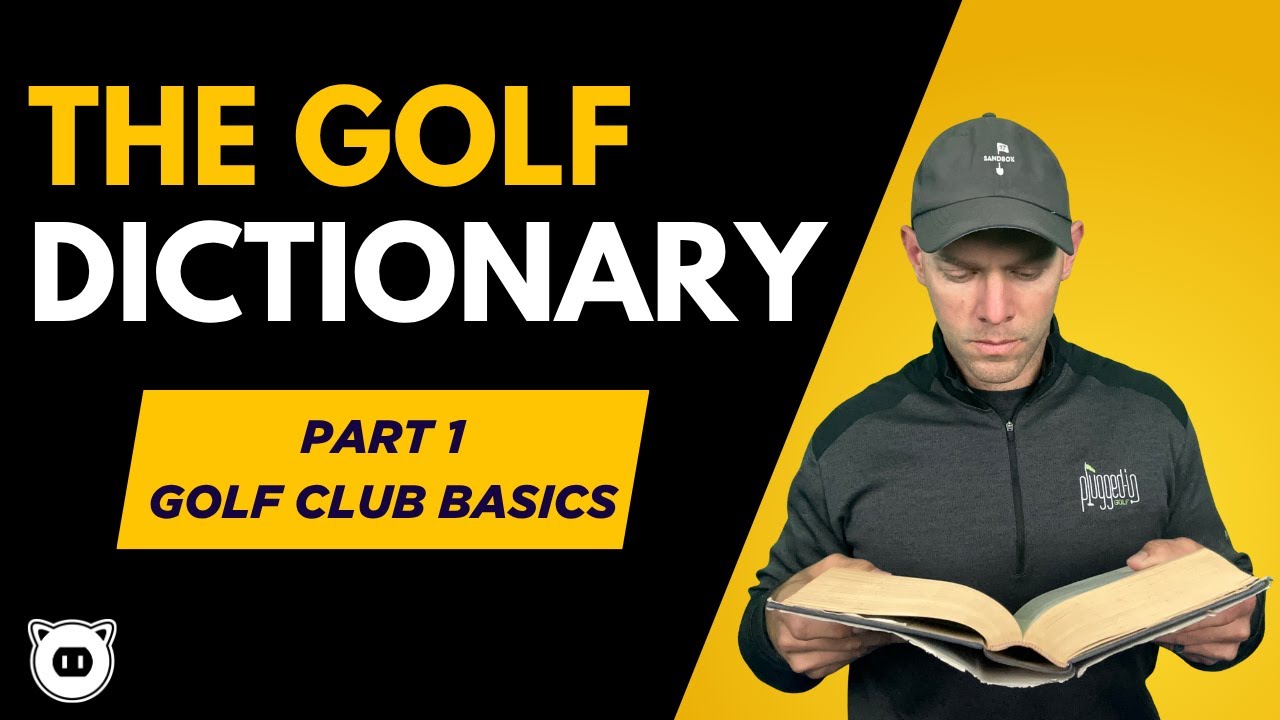
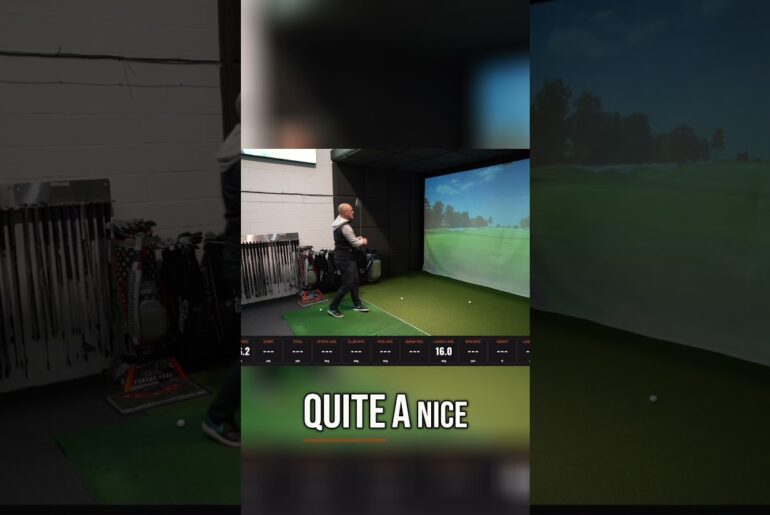

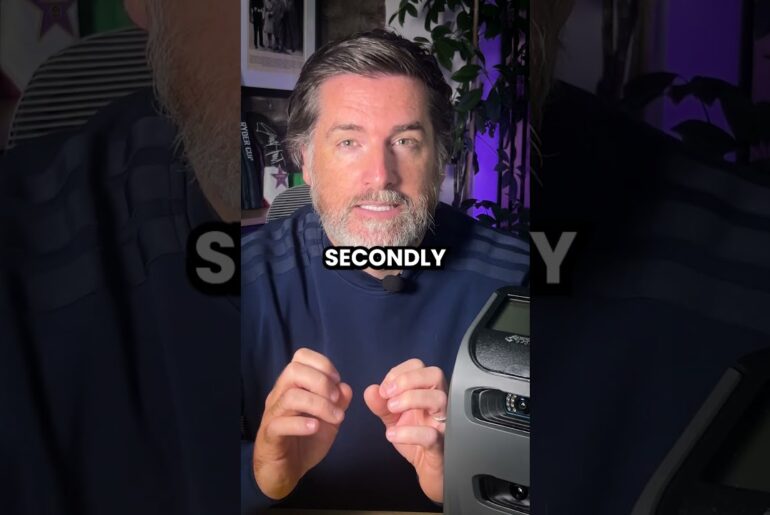
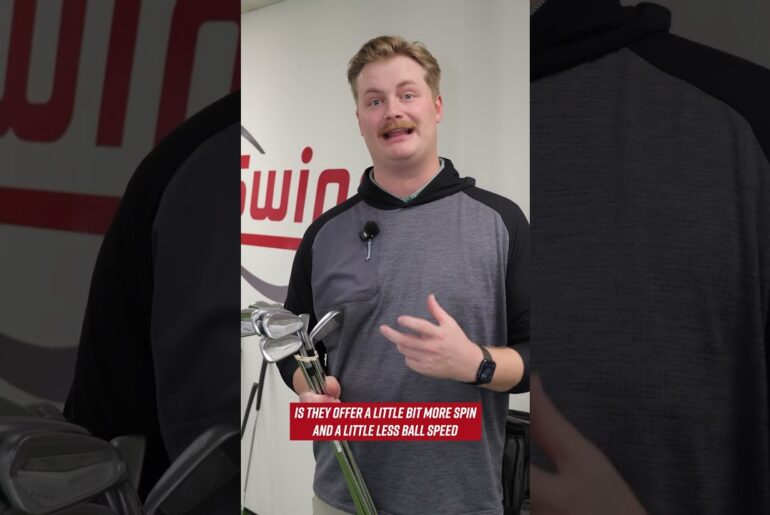

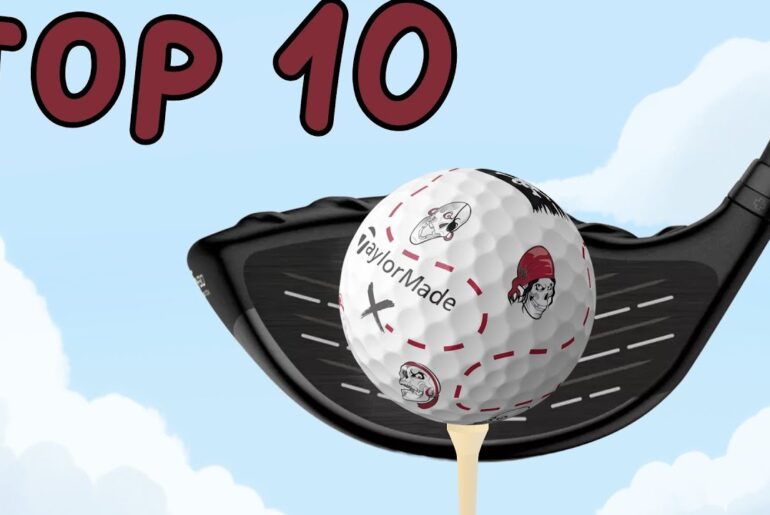
3 Comments
Another exceptional video. While some of the jargon may seem very basic to some of us who have played for many years, the true value is easily seen when one considers newbies (which we were all at one time) don't know always these terms and are often afraid to ask. This provides a well explained, easily understood summary consolidated into a concise video which a newbie can find through a basic search rather than having to piece together all of these terms through 10 different searches and 10 different videos.
This is great content for beginners like me, thank you!
Been golfing for years, still a great video and learned some stuff
Keep up the great work PIG